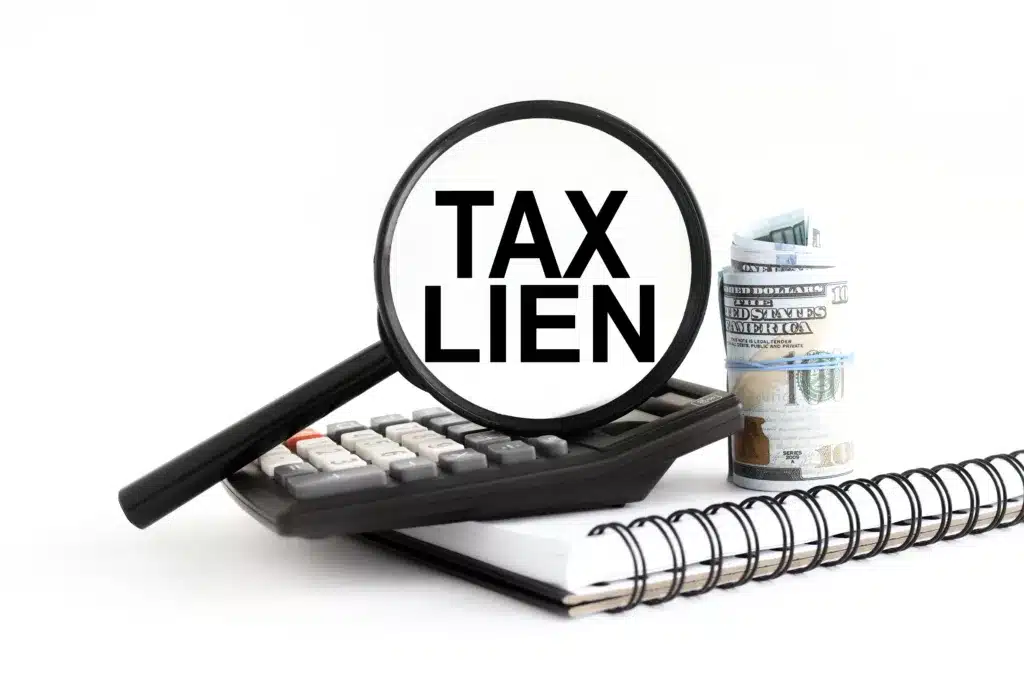Federal Tax Lien Notice – This Is What Happens & How to Deal When You Receive One

When taxpayers fall behind on federal taxes, an official public notice could be filed against them. This document is called “Notice of Federal Tax Lien’’ and can have severe consequences for your financial security.
If you have recently received a certified letter from the federal government saying that you have a “tax lien” on your property, this article will help you understand what this means and what steps you can take to get rid of it.
What is a Federal Tax Lien?
If you ignore your tax obligations, the federal government could take severe legal action against all your existing assets, current, and future income, and assets you acquire in the future. This type of punishment is known as a federal tax lien.
A federal tax lien is an official document filed with the county recorder’s office (typically where the taxpayer resides or conducts business) and the secretary of state’s office (if it’s a corporation or partnership) notifying the public that a taxpayer has an unpaid tax debt.
Difference Between Lien and Levy
A lien and a levy are both legal actions that IRS can take to collect unpaid taxes. However, they are two distinct actions with different implications for the taxpayer. It is critical for the unaware taxpayer to understand the difference between liens and levies. People will use them interchangeably, but they are not the same thing.
A lien gives the government legal ownership of all of your property. This does not imply that they will sell your property. However, it does make it more difficult for you when the government owns a portion of your assets. Especially if you intend to sell them, such as real estate. The IRS will take a cut of whatever you sell before you receive anything.
On the other hand, a levy is the physical confiscation of income and assets. Only the IRS has the legal authority to take money directly from your paycheck or bank account without a court order.
Adverse Effects of a Federal Tax Lien
A Notice of Federal Tax Lien filed against you can have serious consequences. This includes:
- Damage to credit score: The lien is public record and can appear on your credit report. This can negatively affect your credit score and make it difficult to obtain loans or credit in the future.
- Limitations on assets: A federal tax lien limits your ability to use and make money off of any assets you already have or will get in the future, such as real estate, stock investments, cars, etc. This means that if you were to sell any of your assets, the IRS would receive the proceeds before you would.
- Damage to business: Liens are particularly damaging to a company’s financial stability, so taking precautions to avoid them is crucial. It attaches to all of your property, including accounts receivable. This could make it hard for your business to run normally, leaving you with more debt than before.
Filing For Bankruptcy to Resolve Federal Tax Lien?
Filing for bankruptcy may provide debt relief, but it won’t eliminate your tax liabilities or remove the Notice of Federal Tax Lien. Catching up on tax payments is the first step toward achieving financial independence.
When there is an enforced levy, the government may seize funds from your bank account or drastically reduce your net pay by up to 75%.
Steps To Take
The most effective way to remove a federal lien is to settle your tax debt fully. In most cases, the IRS will release the lien one month after payment. Don’t lose hope if you cannot pay such a large sum all at once. This is where a tax resolution specialist can help.
When dealing with the IRS, handling legal issues on your own is risky. The best action for those dealing with tax issues is to contact an experienced and qualified tax resolution provider, such as Peace of Mind Tax Help. With our expertise by your side, your chances of achieving a successful outcome significantly increase!
Contact us today, and we’ll set up a no-obligation, confidential consultation to explain your options for permanently resolving your tax problem.
